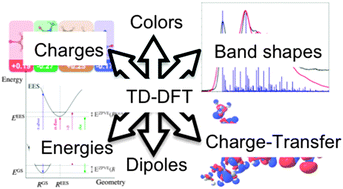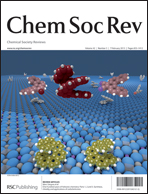The calculations of excited-state properties with Time-Dependent Density Functional Theory
Abstract
In this tutorial review, we show how Time-Dependent Density Functional Theory (TD-DFT) has become a popular tool for computing the signatures of electronically excited states, and more specifically, the properties directly related to the optical (absorption and emission)


 Please wait while we load your content...
Please wait while we load your content...